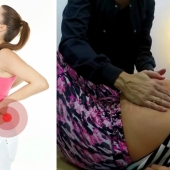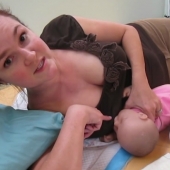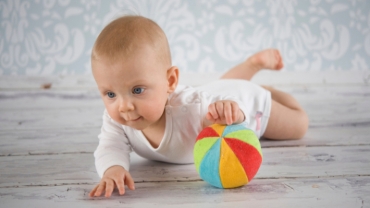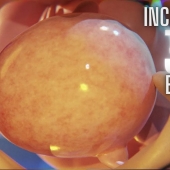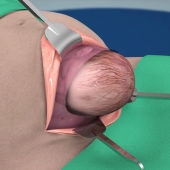In the weeks before birth, your body slows down production of the hormone progesterone while increasing production of other hormones – including prostaglandins, which soften the cervix, and oxytocin, which triggers the uterine muscles to contract.
True labor contractions are rhythmic and painful, and grow consistently stronger. As the long vertical muscle bands of the uterus tighten, they pull the cervix open. The strong muscles at the top of the uterus push down and release, guiding your baby toward the cervix.
The mucus plug, a collection of thickened cervical mucus that's sealed your cervix shut for nine months, may be expelled days before or in the midst of labor.
When the amniotic sac ruptures, your water has broken. It can feel like a trickle or a gush of fluid. Your cervix will begin opening and thinning, known as dilation and effacement. Once you reach about 4 centimeters, your body will move into active labor.
In active labor, contractions become stronger and closer together. At 8 centimeters, you enter what many consider the most painful part of labor – transition. By 10 centimeters, you're fully dilated and may feel the urge to push. This is your signal that the second stage of labor has begun.
Your baby will move down with each contraction. The three separate soft bones of his head will temporarily overlap so he can pass through the snug birth canal.
Your baby's scalp will come into view. When the widest part of his head is visible, your baby is "crowning." With several more pushes, your baby's face, shoulders, and body will emerge. In the third and final stage of labor, your placenta detaches and is expelled. With your baby's first breath, the incredible journey of birth is complete.
- 7018 views

